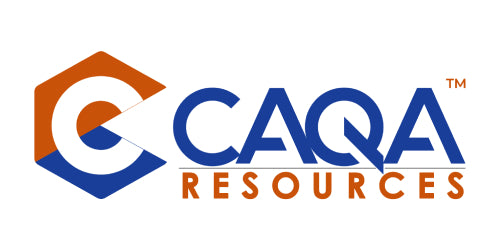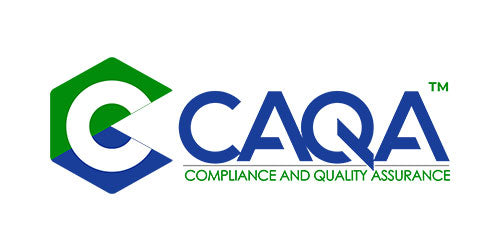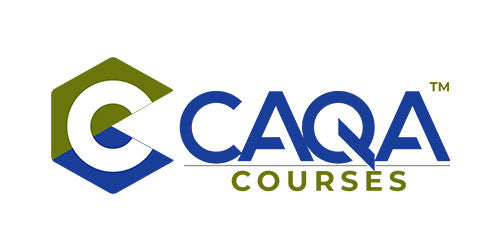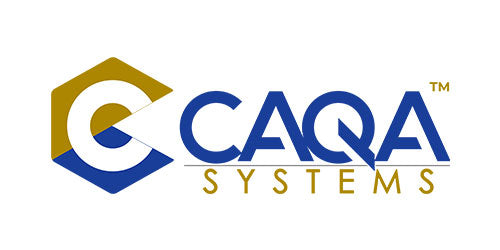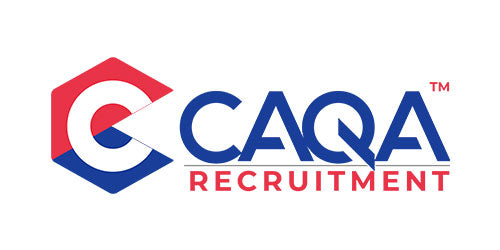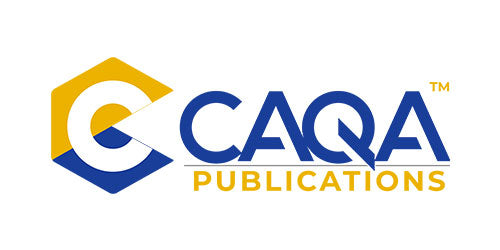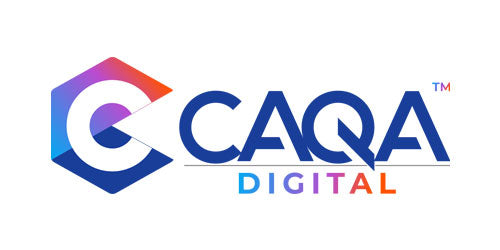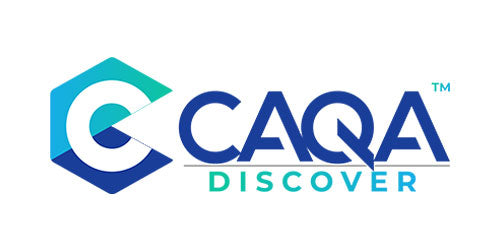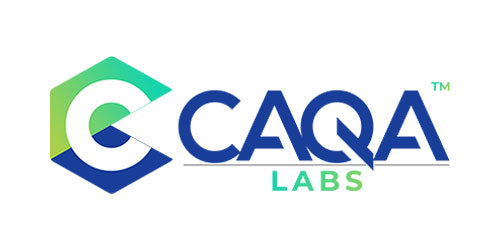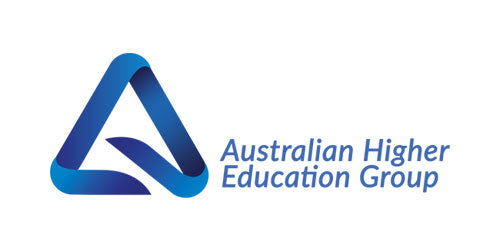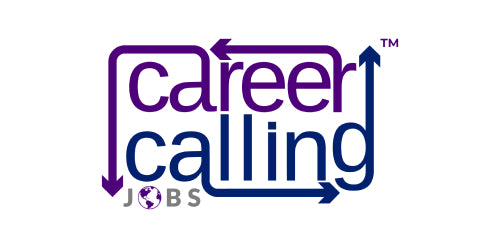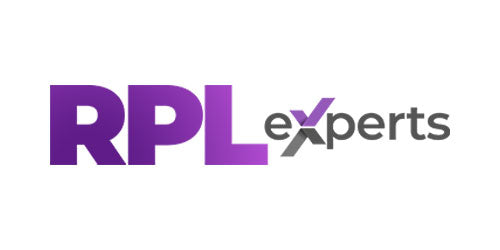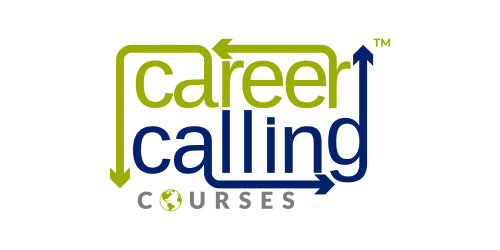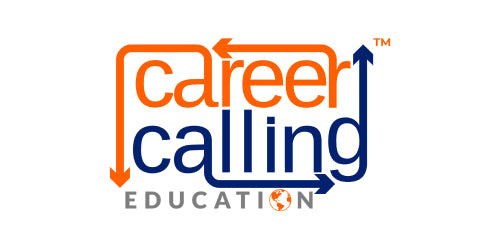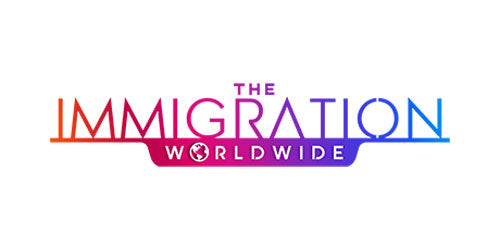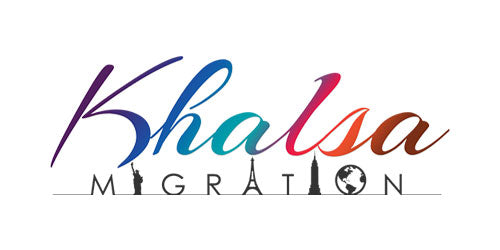In the vocational education and training (VET) sector, student support is more than just a service; it’s a vital component of ensuring student success, well-being, and engagement throughout their educational journey. Under Part 2 – VET Student Support of the Standards for Registered Training Organisations (RTOs) 2025, organisations are required to provide students with clear, accurate, and timely information, appropriate support services, and a safe, inclusive learning environment. Developing an effective student support plan and procedures is essential not only for regulatory compliance but also for fostering a culture of care and inclusivity that empowers students to achieve their educational and professional goals.
The following article explores the importance of having a well-defined student support plan, the key components that should be included to meet compliance, and how RTOs can create and implement effective strategies to ensure students have access to the support they need.
Why a Student Support Plan is Crucial for Your RTO
Creating a comprehensive student support plan is not only a regulatory requirement under Standard 2.1 and other related sections of the VET student support framework, but it also serves as a foundation for student success. When students have access to the right information, support services, and guidance, they are more likely to remain engaged in their training and successfully complete their qualifications. A well-structured support plan helps students navigate their learning experience, overcome challenges, and access services that enhance both their educational experience and well-being.
In particular, an effective student support plan addresses various aspects of the student journey, from pre-enrolment through to graduation. It ensures that students understand their rights and obligations, have access to the necessary resources, and feel supported throughout their studies. The plan should cater to the individual needs of students, including those with disabilities, diverse backgrounds, and varying levels of literacy and numeracy skills.
Key Components of an Effective Student Support Plan
To meet the standards set out in the VET Student Support framework, RTOs must establish clear policies and procedures that cover the following key components:
1. Clear and Accurate Information for Students
Standard 2.1 requires that all information provided to VET students by the RTO or third parties is clear, accurate, and current. This includes essential information about the training products, such as course content, delivery modes, assessment requirements, and any licensing or occupational licence requirements. Before enrolment, RTOs must ensure that prospective students are fully informed about what the training will involve, including the financial costs, payment terms, refund policies, and any additional requirements for completion.
The support plan should also include a strategy for communicating this information effectively. This could involve providing students with a detailed student handbook, making information available on the RTO’s website, offering pre-enrolment counselling, or ensuring that staff are available to answer questions and provide clarification about the course content and expectations.
Importantly, RTOs must inform students of any changes to the training products or services, as outlined in Standard 2.1. Whether it’s a change in course structure, delivery modes, or changes related to superseded or expired training products, students must be made aware as soon as possible, and the RTO should communicate the impact of these changes clearly.
2. Reviewing Student Suitability and Pre-Enrolment Procedures
Under Standard 2.2, RTOs are required to ensure that prospective students are advised about the suitability of the training product for them, taking into account their current skills, competencies, and literacy levels. This requires a review of each student’s language, literacy, numeracy (LLN) proficiency, and digital literacy before enrolment to determine if the training product is appropriate for them.
An essential part of the student support plan is the establishment of clear procedures for reviewing these competencies. The review should take place through a combination of assessment tools, interviews, or surveys that evaluate the prospective student’s ability to succeed in the chosen training product. Based on the results, RTOs should provide advice to each student about whether the course is suitable and whether any additional support services (e.g., LLN support or digital skills workshops) are necessary. Ensuring that students are placed in training products that match their abilities is crucial for student success and retention.
3. Access to Support Services
One of the most critical components of the student support plan is ensuring that students have access to adequate training and well-being support services. Standard 2.3 outlines that VET students must have access to support services that help them progress throughout their training, including access to trainers, assessors, and other staff members who can assist them with academic and personal challenges.
Support services should be clearly outlined in the student support plan, and RTOs must ensure that students know how to access these services throughout their studies. This might include academic support for struggling students, mentoring or counselling services for those dealing with personal issues, and specific accommodations for students with disabilities.
The support plan should also address how trainers and assessors will be accessible to students. This includes specifying office hours, methods of communication (e.g., email, phone, or in-person meetings), and the process for making appointments with trainers and assessors. Timely responses to student queries are essential, and the plan should ensure that there is a system in place for addressing concerns promptly.
4. Reasonable Adjustments for Students with Disabilities
Under Standard 2.4, RTOs must make reasonable adjustments to support students with disabilities to ensure they can access and participate in training and assessment on an equal basis with other students. The support plan must clearly outline how the RTO will assist students with disabilities, including any adjustments to delivery methods, assessment procedures, or physical access to facilities.
The support plan should include a process for students to disclose their disabilities and seek adjustments if they choose to do so. It should also explain how adjustments will be made where appropriate and outline the reasons why adjustments may not be possible in certain situations. For example, the plan might describe how learning materials can be provided in alternative formats, such as audio or large print, and how technology can be used to assist students with physical disabilities.
5. Fostering a Safe and Inclusive Learning Environment
Standard 2.5 highlights the importance of fostering a safe and inclusive learning environment that supports the diversity of VET students. The student support plan should include strategies to ensure that the learning environment is respectful and inclusive of all students, regardless of their background, ethnicity, or personal circumstances.
Creating a culturally safe environment is particularly important for First Nations students, as outlined in Standard 2.5. RTOs should implement strategies that support cultural diversity, such as providing cultural awareness training for staff, incorporating culturally relevant content into the curriculum, and ensuring that students from diverse backgrounds feel welcomed and valued.
6. Addressing Student Wellbeing
Standard 2.6 requires RTOs to identify the well-being needs of the student cohort and provide appropriate well-being support services. The student support plan should address how the RTO identifies and supports the well-being of its students, particularly those who may face personal, social, or mental health challenges during their studies.
The plan should outline the well-being services available to students, such as counselling services, health and wellness programs, or stress management workshops. Additionally, it should provide clear information on how students can access these services and the steps the RTO will take to support students who are struggling with personal issues.
7. Feedback, Complaints, and Appeals
Standard 2.7 and 2.8 require RTOs to have effective systems in place for managing feedback, complaints, and appeals. The student support plan should clearly explain how students can provide feedback on their learning experiences, file complaints about any aspect of their training, and appeal decisions that adversely affect them.
It’s essential that the RTO establishes a complaints and appeals process that ensures procedural fairness, addresses concerns within reasonable timeframes, and provides students with avenues for external review if needed. This transparency builds trust with students and ensures that they have a clear understanding of their rights and the processes available to resolve any issues they may encounter during their studies.
Creating a student support plan that complies with the standards outlined in Part 2 – VET Student Support is not only a requirement for RTOs, but it is also an essential step towards fostering a learning environment that encourages student success and wellbeing. By providing clear and accurate information, ensuring access to necessary support services, accommodating diverse learning needs, and creating a safe, inclusive environment, RTOs can enhance the student experience and help students reach their full potential.
With a strong student support plan in place, RTOs can ensure they meet regulatory requirements while empowering students to thrive in their studies. This comprehensive approach to student support will lead to better retention rates, improved academic outcomes, and ultimately, a more successful educational experience for all students.

























